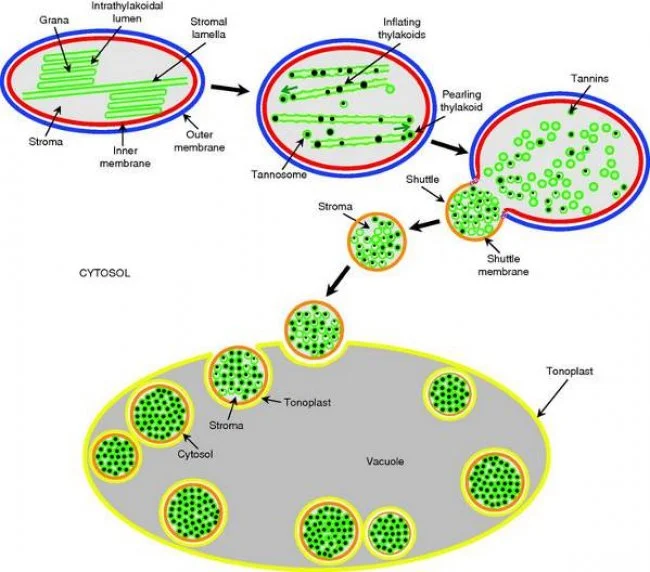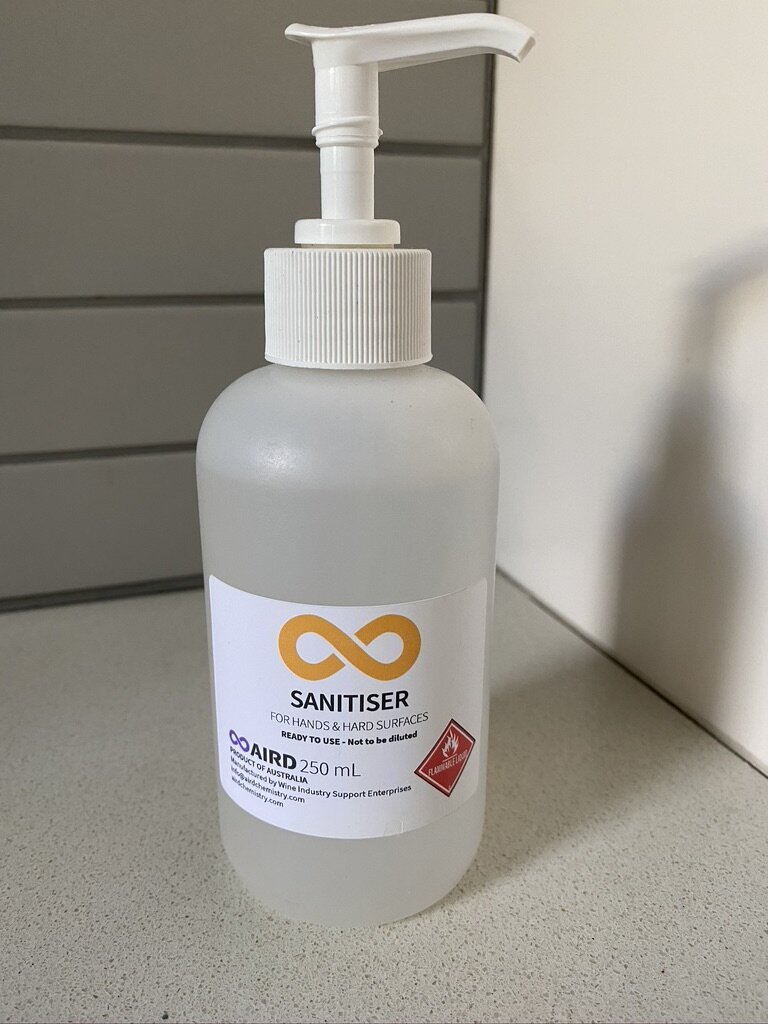Chlorine is a dirty word in wine. The family of chemically related elements to which chlorine belongs are called halogens. Halogens are toxic, they’re dangerous and they’ll taint.
There has been a significant push from within the wine community to remove halogens from the cellar and there has been an overwhelming amount of research undertaken to define sources of taint. A key concern with halogens is that a little, really does go a long way. Here is what The Australian Food and Grocery Council (AFGC) said:
“Numerous cases of contamination have been reported in the literature with “disinfectant” or “medicinal” descriptors. The problem is generally traced back to the presence of halophenols in very small amounts. These compounds have low sensory thresholds and can impart taints to foods at concentrations in the ppb (parts per billion) or ppt (parts per trillion) range.”(AFGC, 2007).
Not a lot is needed to have a big impact. Unfortunately, there is, some nostalgia around halogens. Bottling managers, Cellar Hands and even some Wine Makers have been known to talk fondly about “hypo” (short for hypochlorite). A surprising amount of wine producers will probably still have some in the cellar, which they’ll swear by. We know from our customers that there is more awareness of hygiene in the industry and many are taking some really positive, progressive steps towards their hygiene (using non-dangerous, environmentally friendly, safe, cleaning and sanitation chemicals). A minority of producers are reverting back to old habits and using a bit of “hypo” as we’re told from time to time that “nothing else works”.
And in part they’re right, halogens are incredible sanitisers. They’ve been historically used in cleaning and sanitising chemicals for all industries - dairy, household, a myriad of food and beverage production environments - for this very reason. Manufacturers are still including halogens in their products because they're a cost effective (cheap) means of ensuring exactly what it states on the packet - a clean and sanitised surface. What isn’t marketed so obviously is taint, and the large warning sign about environmental degradation caused by halogens is often omitted.
Taint is a real problem in all food processing industries.
“…the food industry worldwide has been confronted with severe tainting of various foods due to the presence of halogenated phenols (or halophenols) and their related anisoles (together referred to as organohalogens)”. (AFGC, 2007).
When looking at TCA taint caused by halogens, there is more than just the cork that needs to be taken into consideration. An article in The Australian Journal of Grape and Wine Research stated:
“TCA can originate from 2,4,6-trichlorophenol (TCP) produced from naturally-occurring phenol and chlorine from sanitisers and cleaning products, and town water.” (Simpson et al, 2007).
The potential for taint coming from multiple sources, including cleaning and sanitising chemicals is very real. We know that only a minute amount of a halogen like chlorine is needed to cause dramatic consequences.
The sensitivity of wine to this sort of taint is extreme. We’ve heard of taint caused by; residues, contaminated oak through vapor, water quality, insufficient rinsing, over-spray and we are sure there are many other methods. The chances of wine coming into contact with a halogen if it is in use in the cellar is a reality.
“Make certain that any chlorophenol-based algaecides or disinfectants used in the factory cannot be accidentally introduced into the processing line. A critical step to avoid is cleaning with water containing phenol and chlorinated cleaning agents.” (AFGC, 2007).
This is good advice, however with the multiple ways in which wines can become tainted it is almost impossible to eliminate this risk if halogen based chemicals are used in cleaning and sanitation. Wine producers are often the first to admit that accidents do happen, often during busy periods like vintage. The only way to completely eliminate this is to remove it from site.
The environment will thank you for it too, as will your staff. Halogens in the environment are toxic to many crops and plants and impact the build up of sodic soils. This sums it up quite well:
“…high tissue Cl concentrations are toxic to many crop plants, and restrict agriculture…” (White et al, 2001).
Removing halogen based products like “hypo” from the hygiene arsenal and replacing with non-dangerous, environmentally friendly products makes work sites much safer.
Halogens are a slippery slope (just look at the dairy industry) and reverting to old habits regarding hygiene isn’t the silver bullet wine producers might be hoping for. No one will disagree with wine producers wanting “hypo” like results. The reality is though, taking a halogenated approach to hygiene is an old fashioned approach that could have nasty consequences.
Looking for a non-dangerous, environmentally friendly approach to your hygiene? Then talk to us info@airdchemistry.com.
References:
Organohalogen Taints in Food, Australian Food and Grocery Council (AFGC) 2007
Philip J. White, Martin R. Broadley, 2001, Chloride in Soils and its Uptake and Movement within the Plant: A Review, Annals of Botany, Volume 88, Issue 6, Pp. 967-988.
SIMPSON R and SEFTON M, 2007, Origin and fate of 2,4,6-trichloroanisole in cork bark and wine corks, pp106–116, Australian Journal of Grape and Wine Research 13
Uhlich et al, “Analyses of the Red-Dry-Rough Phenotype of an Escherichia coli O157:H7 Strain and Its Role in Biofilm Formation and Resistance to Antibacterial Agents”
Appl Environ Microbiol. Apr 2006; 72(4): 2564–2572.

















